Located in Staré Město, Prague’s Jewish Quarter showcases the city’s rich Jewish heritage through its magnificent synagogues, insightful exhibits, and solemn memorials.
History
A few blocks north of Old Town Square, away from the noise and crowds, one finds Prague’s Jewish Quarter. This serene section of Prague, bordered by the Vltava River, is home to historic synagogues, the Old Jewish Cemetery, and poignant memorials and monuments. Jews first settled in Prague in the 9th century, which makes the city one of the oldest Jewish centers in Central Europe. The Jewish community in Prague has had moments of great prosperity throughout its long, storied history; all the while, they have also had to contend with periods of persecution and attempts at expulsion.
In 1992, UNESCO designated the Jewish Quarter a World Heritage Site.
Visiting the Jewish Quarter
My visit to Prague’s Jewish Quarter was part of the Rick Steves’ Europe Best of Prague and Budapest tour itinerary, and it included stops at the Maisel Synagogue, Pinkas Synagogue, Old Jewish Cemetery, and Spanish Synagogue. Our tour of the Jewish Quarter was led by local guide Honza Vihan, who masterfully shared the history of Prague’s Jewish community, explained the significance of each synagogue, and recounted the legend of the golem.
The walking tour of the Jewish Quarter was a great learning experience, given Honza’s excellent narration and the exhibits featured at each synagogue. The exhibits were well-curated, and some synagogues had stunning interiors. A moving moment of the tour was the stop at the Pinkas Synagogue. Here, one comes across a heartbreaking scene: etched on its stone walls are the names of thousands of Jews, many from the same family, who were killed in the Holocaust.

Note that while there is no dress code for visiting the synagogues, it is requested that visitors wear respectful attire. At the Pinkas Synagogue, I noticed young men were provided a yarmulke.
Note: Our tour of the Jewish Quarter was held on a stormy morning, so I was unable to capture pictures of the synagogue exteriors. Thanks to a brief respite in the rain, I was able to take photos of the Old Jewish Cemetery.
Maisel Synagogue
The Maisel Synagogue was established in 1592 and later burned down in 1689. The synagogue was rebuilt and renovated several times throughout the years, and its current form dates back to the late 1800s. Inside, visitors will find the permanent exhibit, Jews in the Bohemian Lands, 10th-18th Century.

This synagogue is fully accessible.
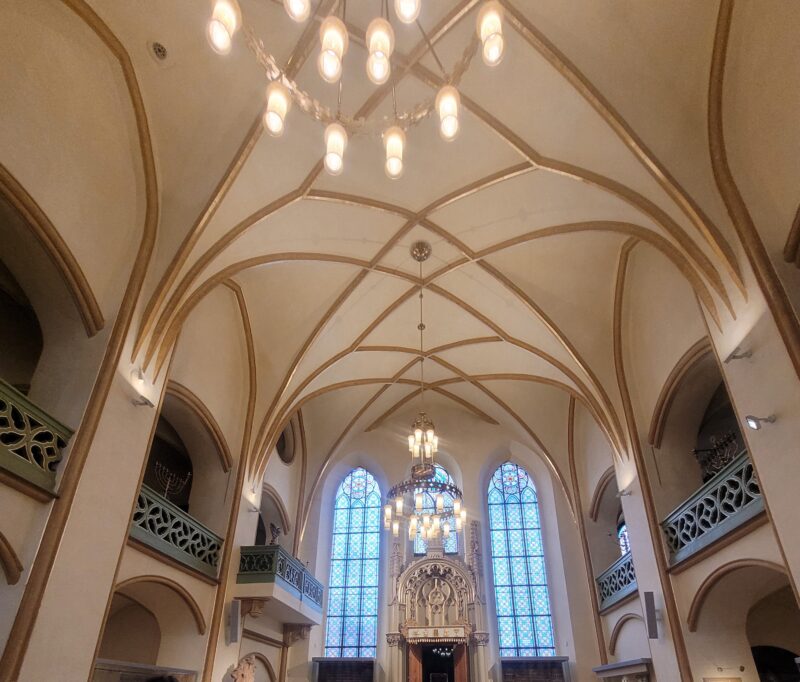
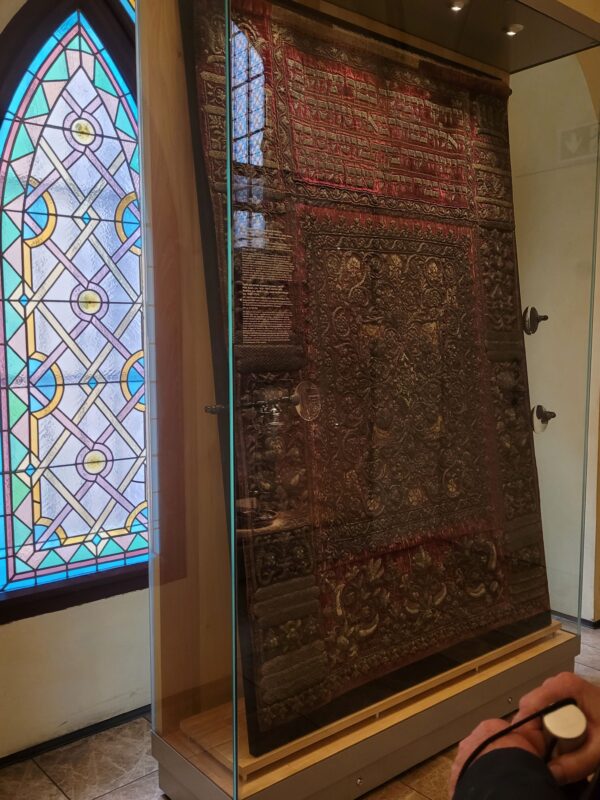
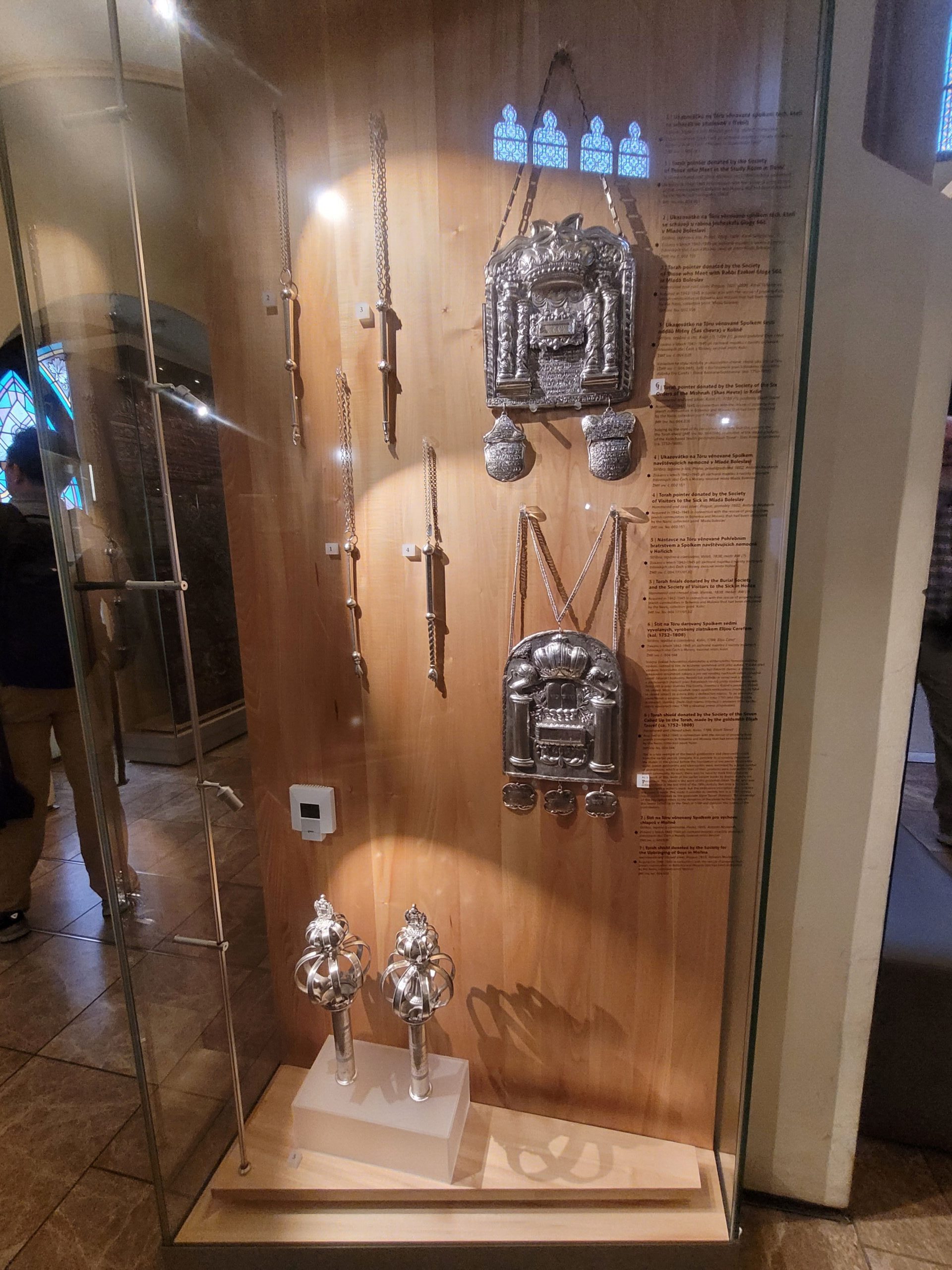
Pinkas Synagogue
This synagogue was erected in 1535 and restored to its original form in the early 1950s. In the late 1950s, the Pinkas Synagogue was converted to a memorial to commemorate the lives of the 80,000 Czech and Moravian Jews who died during the Holocaust. The names of these victims line the walls of the synagogue.
In this synagogue, visitors will find two exhibits: the exhibit titled Children’s Drawings from the Terezín Ghetto, located on the second floor, and Journeys with No Return: The Deportation of Jews from the Czech Lands, 1939-1945, in an outdoor courtyard.

The synagogue’s interior is not accessible.
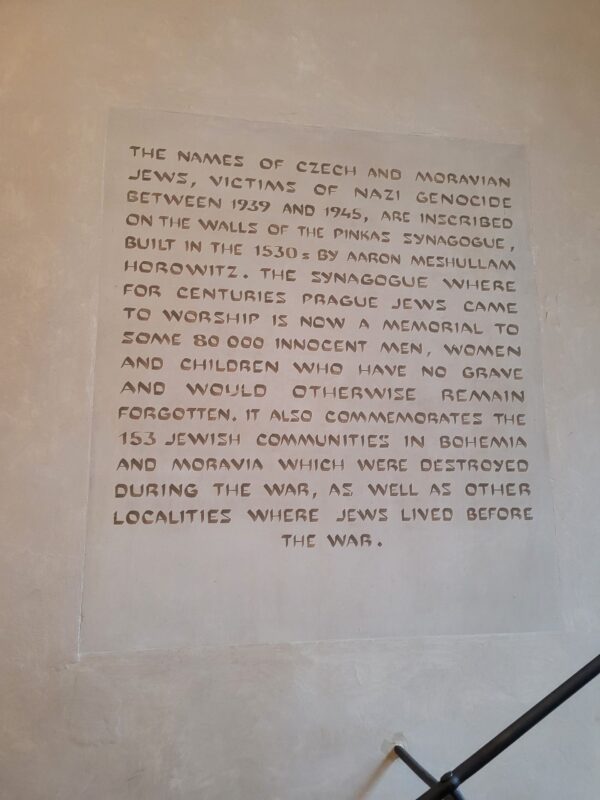
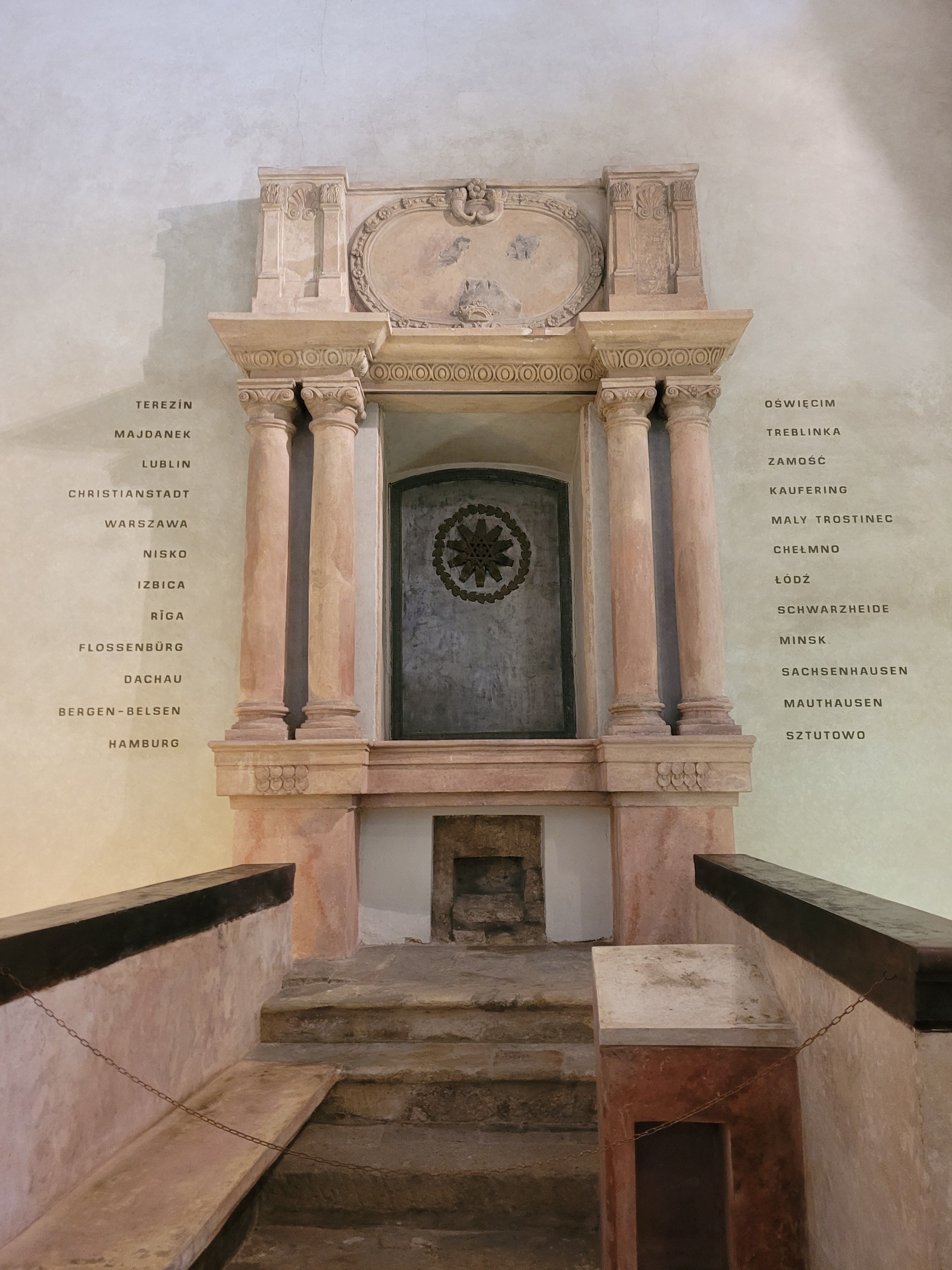
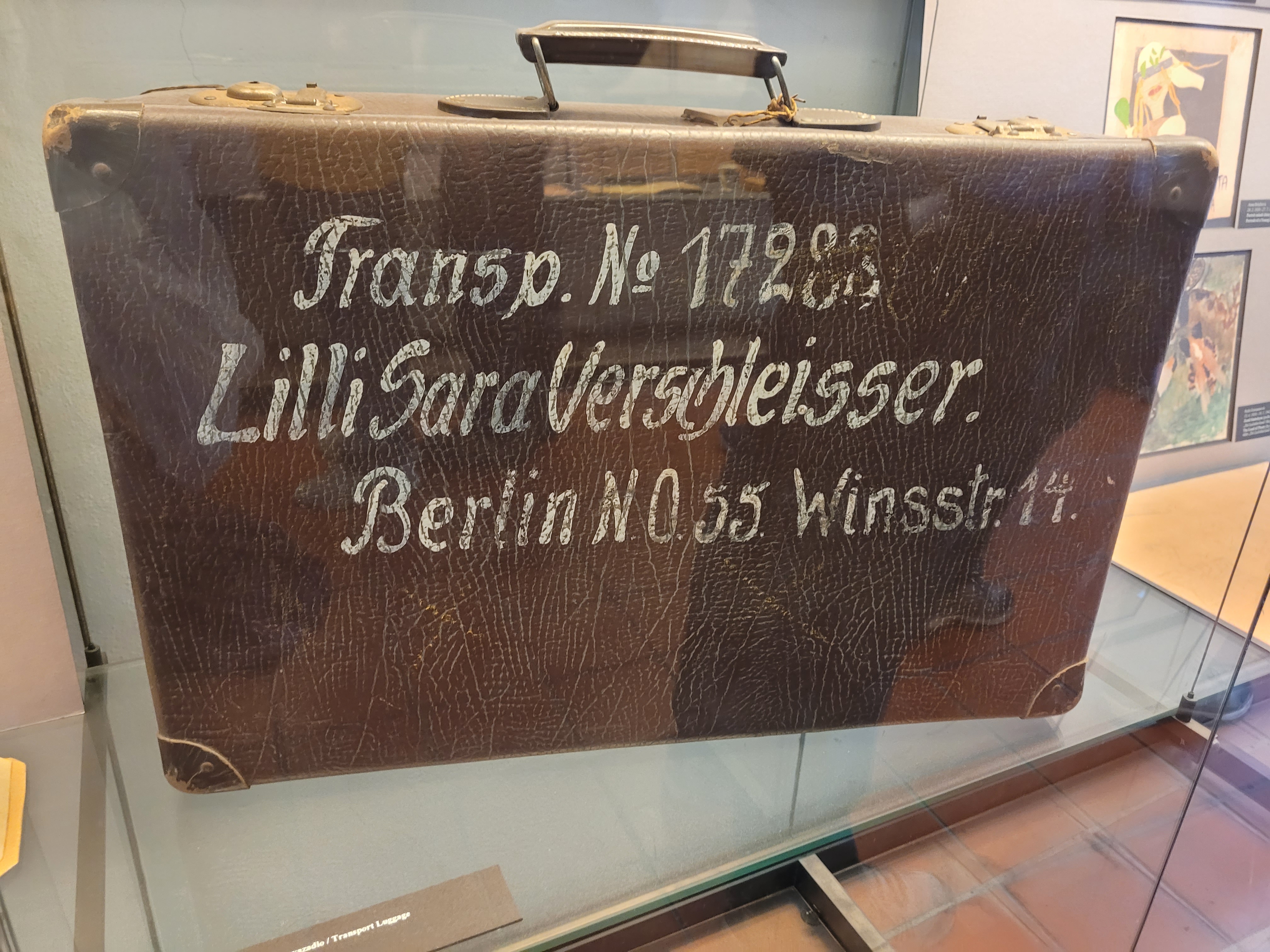
Old Jewish Cemetery
Prague’s Old Jewish Cemetery is one of the world’s oldest surviving Jewish burial grounds. It was founded during the first half of the 15th century with the earliest tombstone dating back to 1439. For over 300 years, Jews were buried in this cemetery, and as space ran out, graves were stacked upon each other, sometimes up to 10 layers.

The Old Jewish Cemetery is accessible; access from the exit at the Klausen Synagogue.
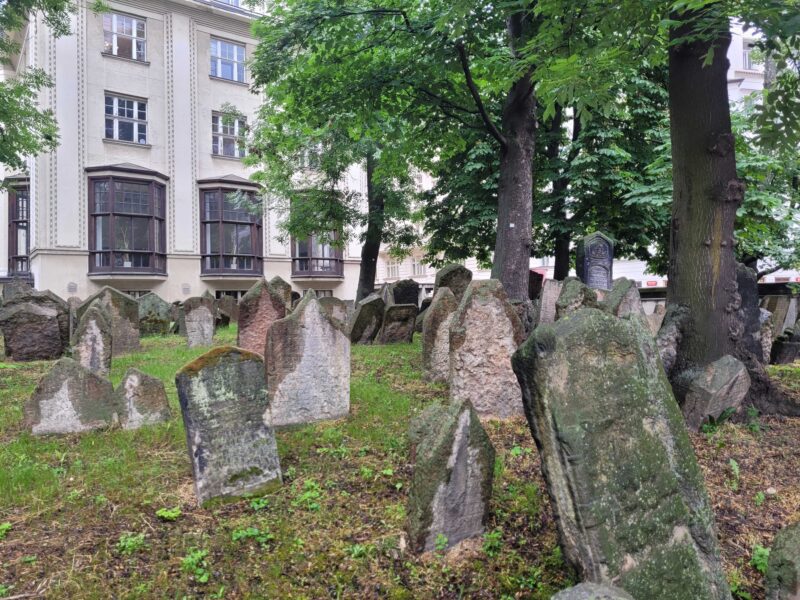
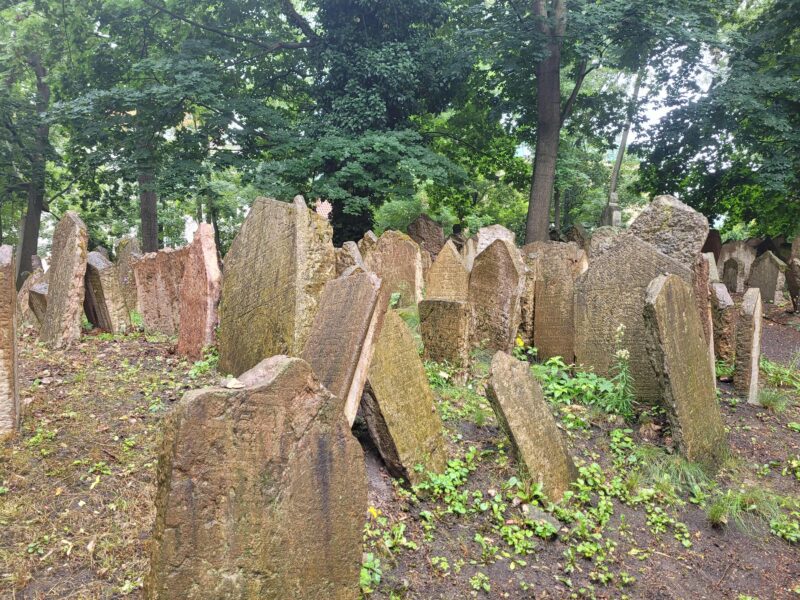
Spanish Synagogue
The Spanish Synagogue is considered the newest in Prague’s Jewish Quarter, given it was founded in 1868. The name is derived in part from the influence the Alhambra in Spain had on its Moorish interior. The exhibit one finds at the Spanish Synagogue is Jews in the Bohemian Lands, 19th-20th Centuries. It focuses on the reforms of Joseph II through the period after the Second World War. This exhibit also highlights the works of Jewish entrepreneurs, scientists, writers, musicians, and artists.

The Spanish Synagogue is fully accessible.
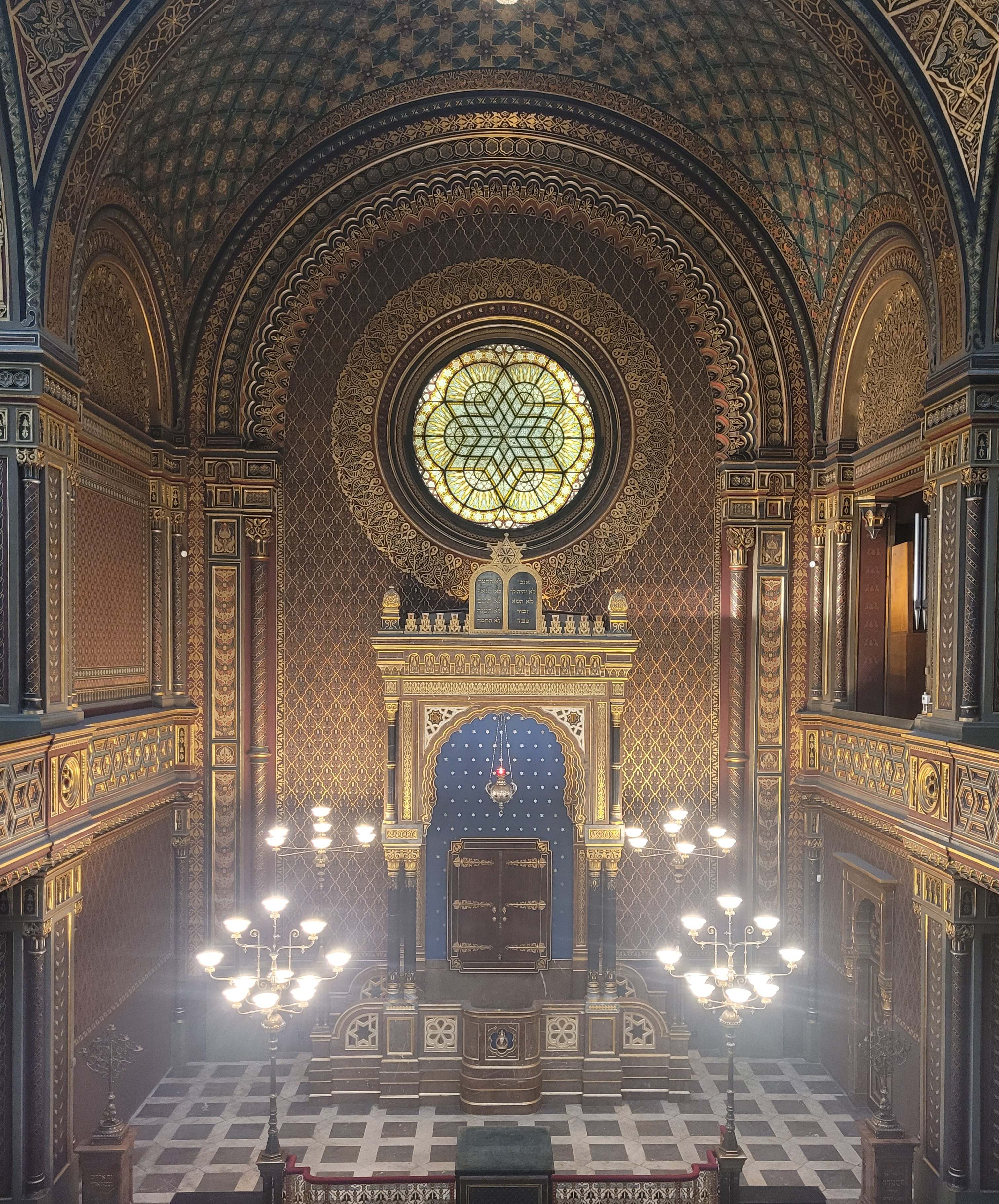
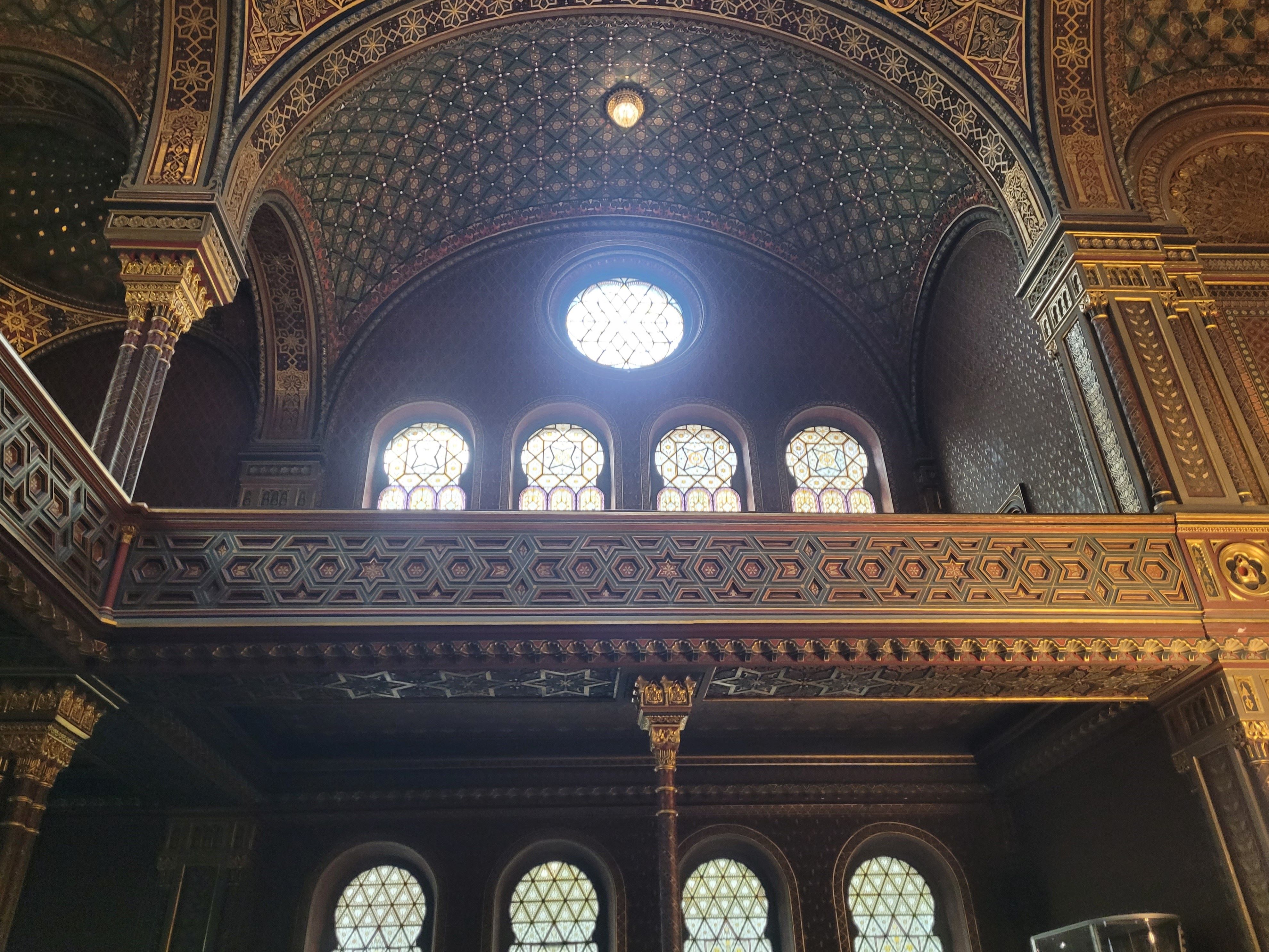
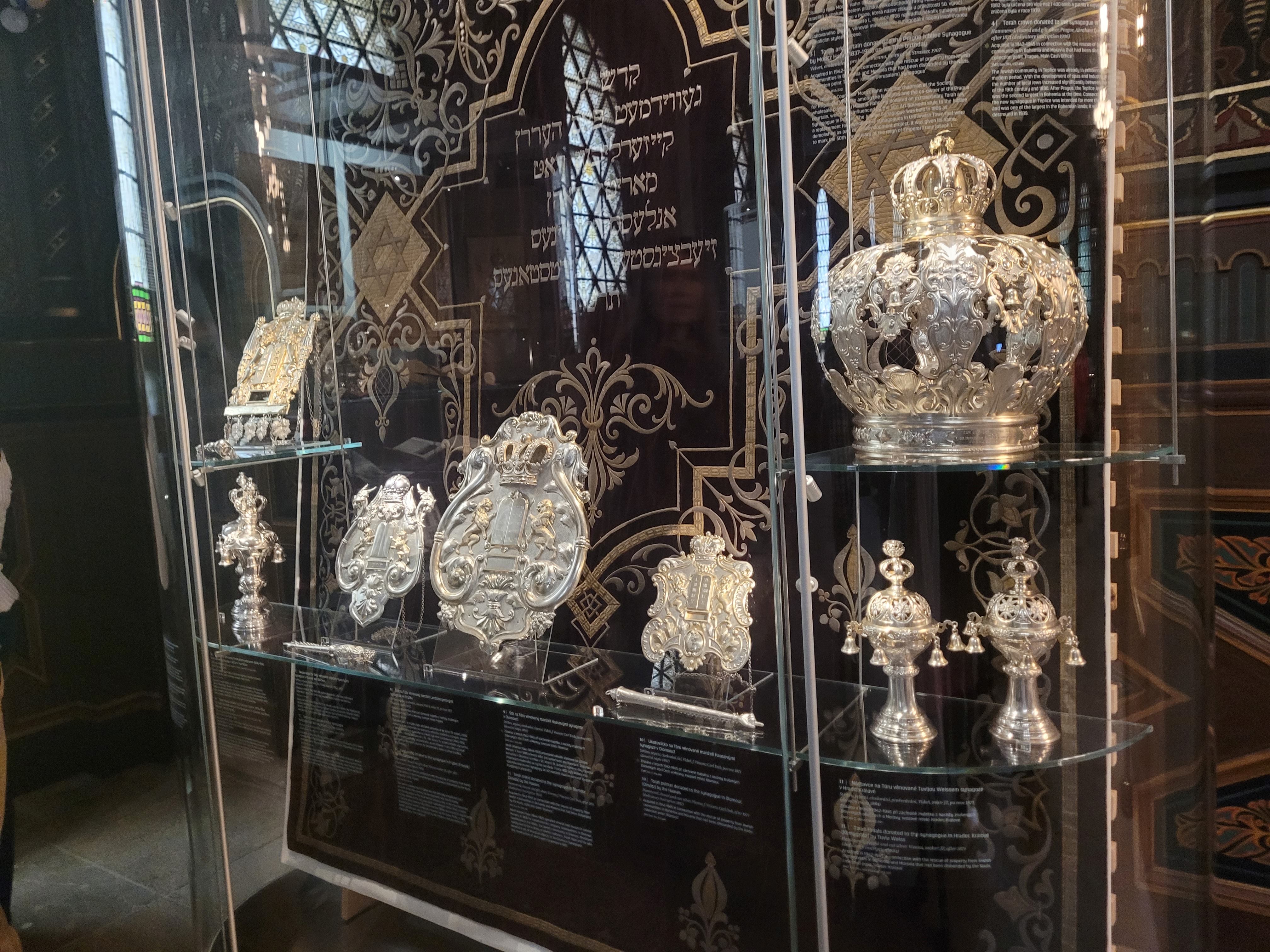
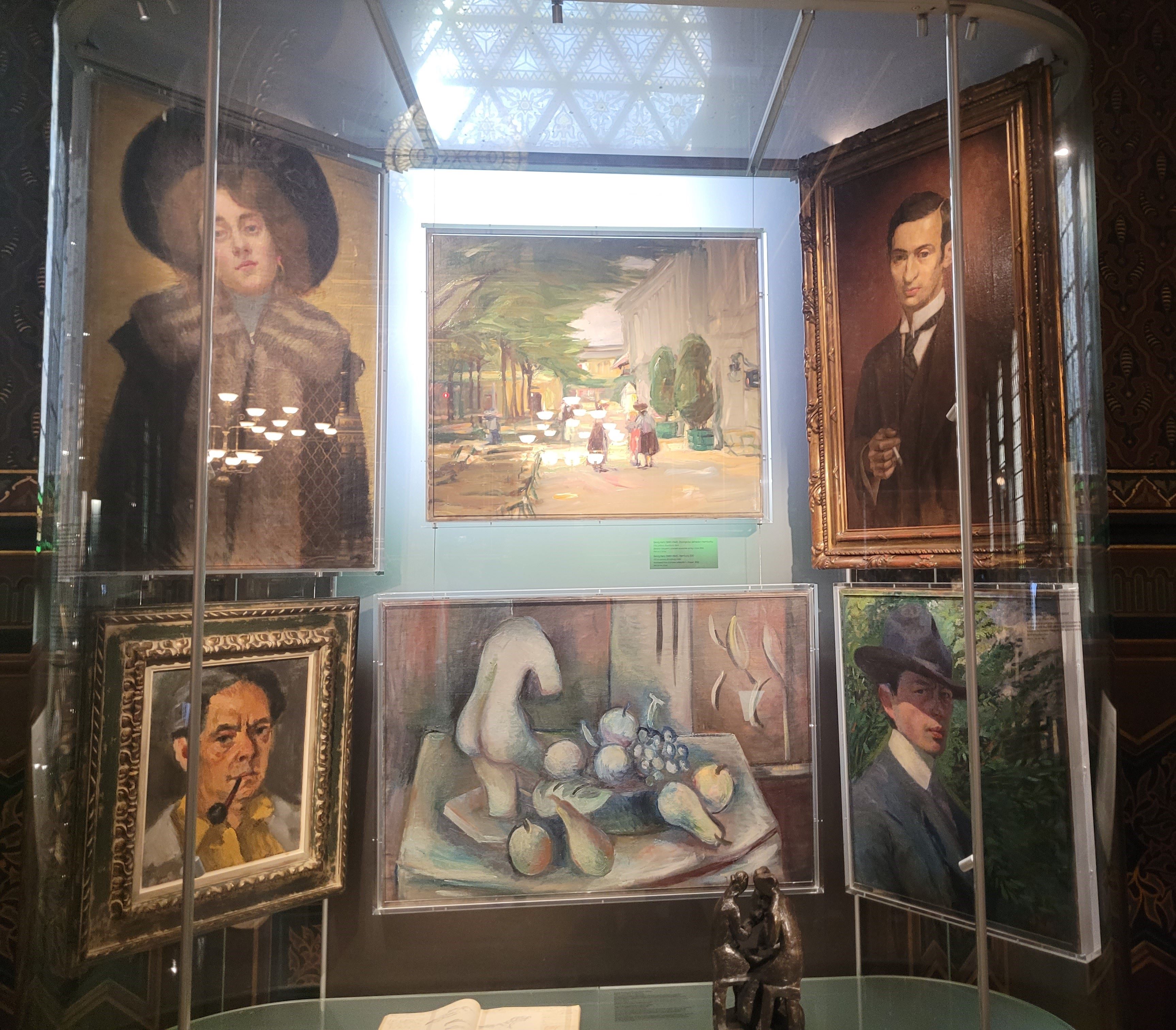
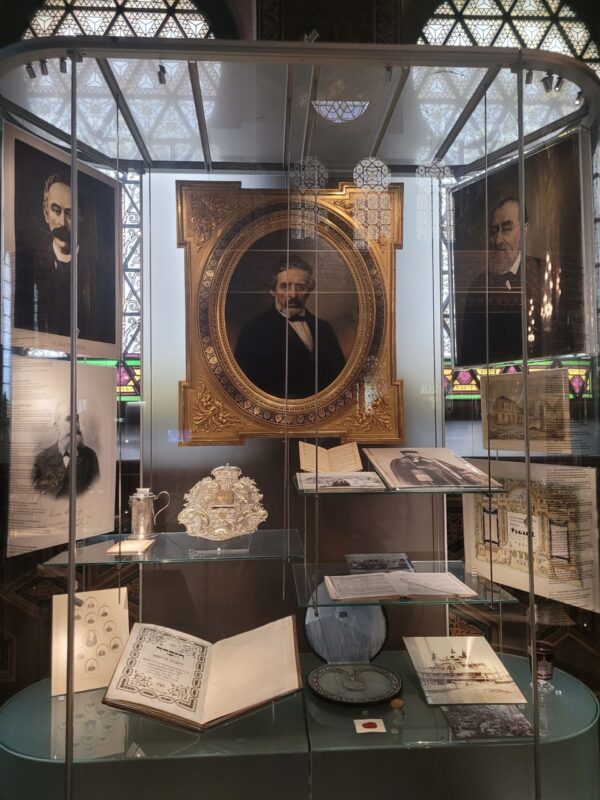
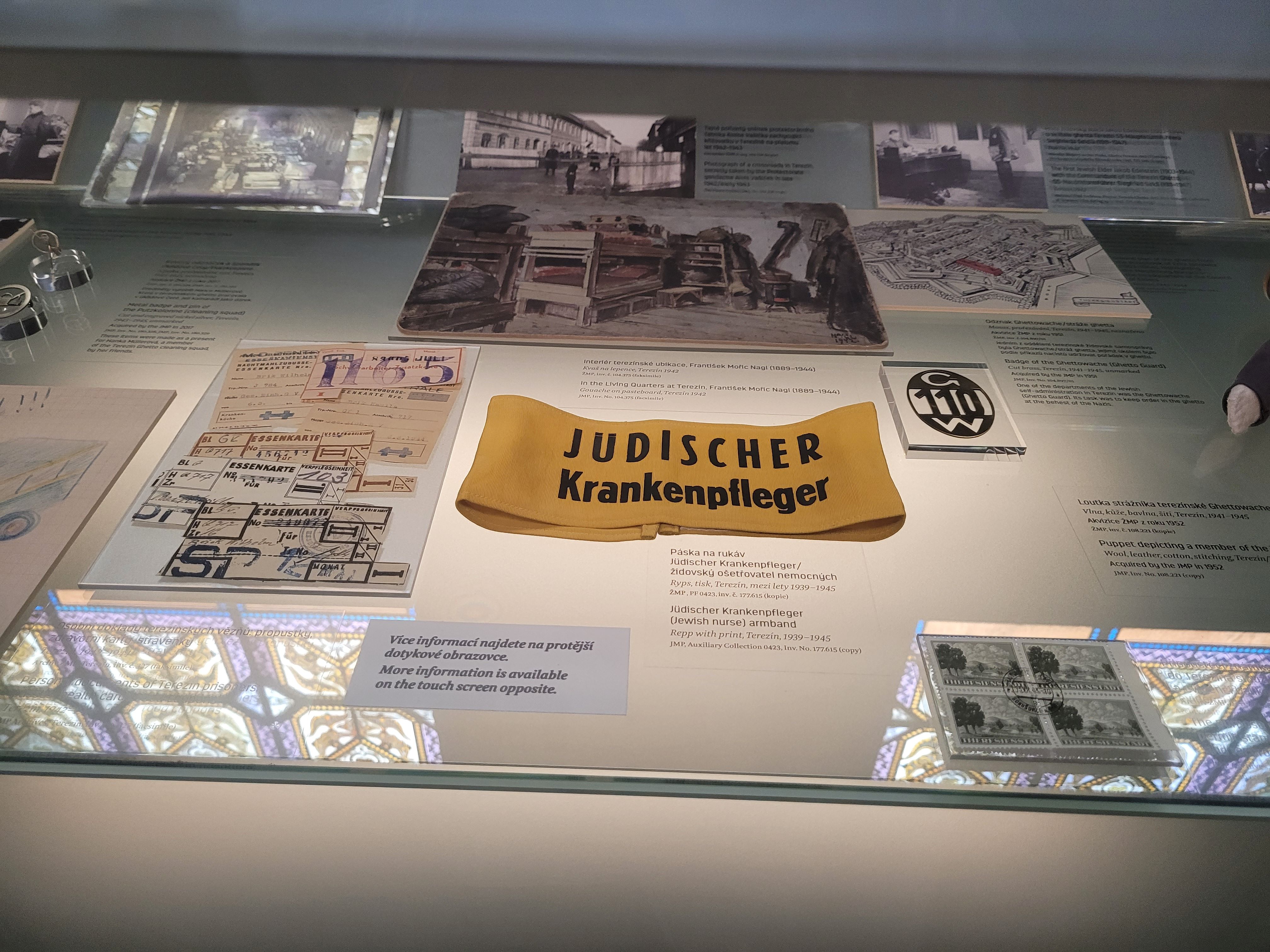
Visitors can purchase tickets online or in person at one of the synagogues or the information center. The passes have a convenient map on the back side noting the location of each included site. Visitors to the Jewish Quarter can participate in a guided tour or rent an audio guide. I do recommend choosing one of those options as it can greatly enhance your experience.

Individual and family tickets are valid for 3 days, so you do not need to visit all the sites on the same day.
Resources
Information on Prague’s Jewish District.
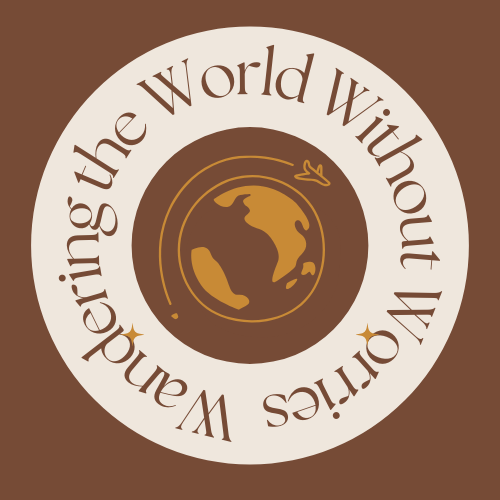
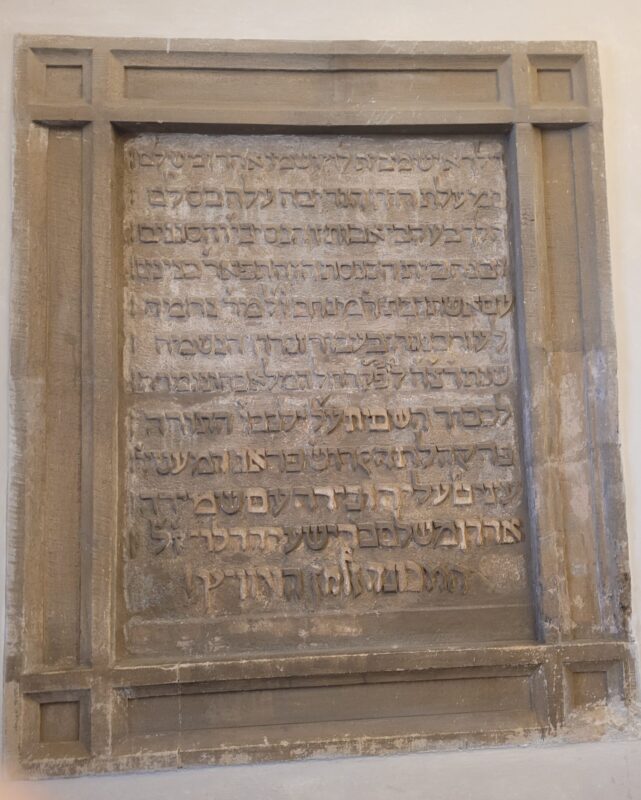
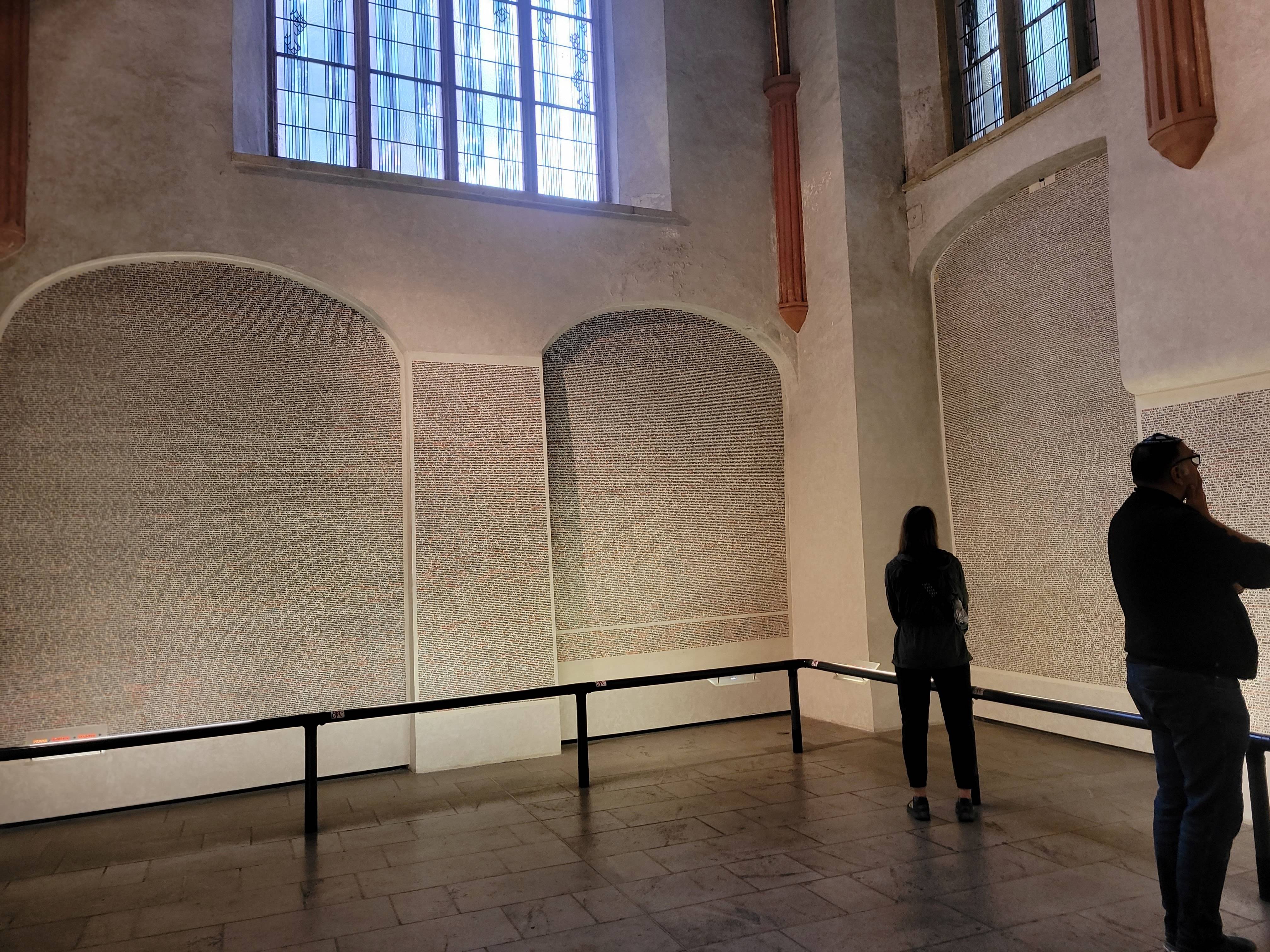
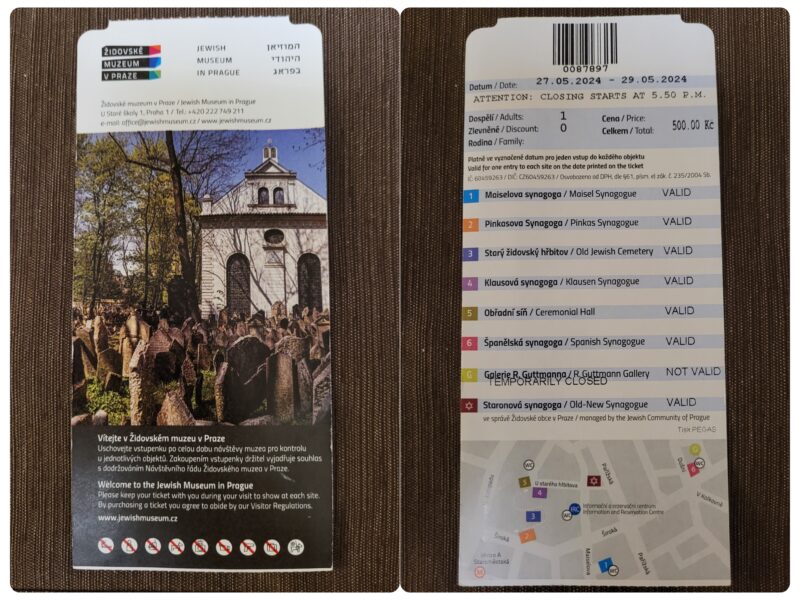
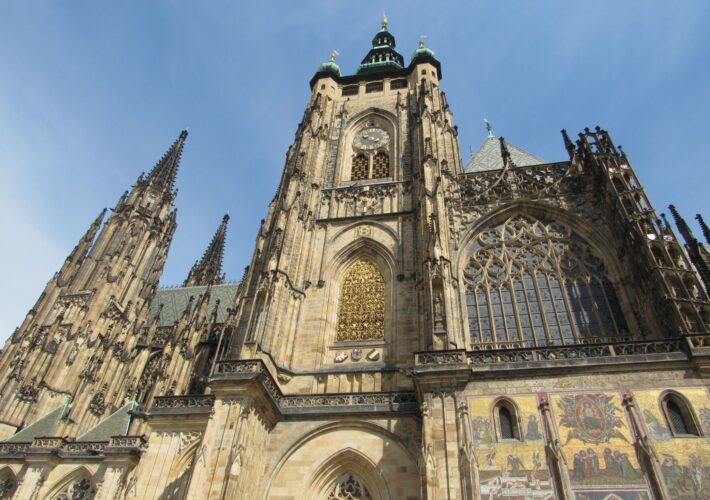
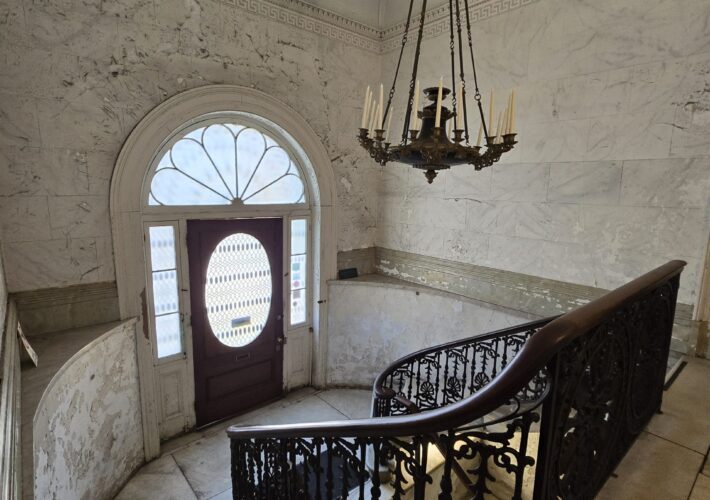
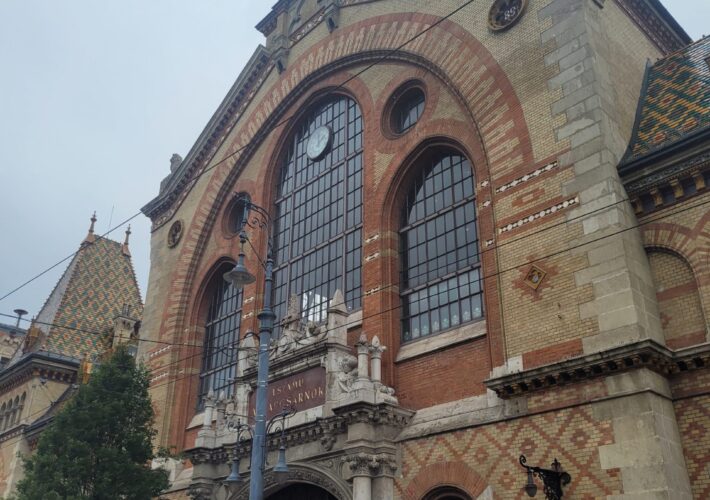
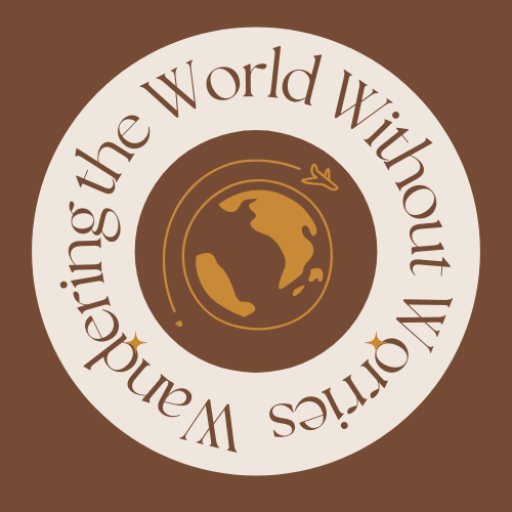

Leave a Comment